Leg weakness after a concussion can significantly impact mobility and daily life. Patients may feel their legs are untrustworthy, worry about falling, or contend with stiffness and fatigue.
The most common treatment for post-concussion leg weakness is physical therapy, but not all physical therapists are equipped to handle TBI-related muscle weakness. These patients need therapists who understand how brain injuries disrupt communication between the brain and muscles.
In this article, we cover the basics of what patients should know when suffering from this post-concussion symptom, including:
If you've experienced one or more head injuries and have symptoms such as balance problems, headaches, brain fog, and more, you're not alone and you're not imagining it. Help is available. Peer-reviewed research shows that 77% of patients treated at Cognitive FX experienced significant improvement in their post-head injury symptoms. Cognitive FX is the only post-concussion treatment clinic with third-party validated outcomes. Schedule a consultation to see if you’re eligible for treatment.
How Concussions Can Lead to Leg Weakness
Leg weakness is not one of the most common concussion symptoms, but it can occur—especially in older or less physically active patients. It may affect one or both legs. In some cases the arms are also affected.
Severe rare cases may involve partial or total paralysis. In most patients, the weakness is short-term, fading within a few days or weeks. When it lasts longer, especially with symptoms like headaches, brain fog, memory problems, blurred vision, or dizziness, it may be part of post-concussion syndrome (PCS). This occurs when a patient experiences persistent symptoms three months or more after a head injury.
There are multiple factors to explain how concussions cause lower extremity weakness, including:
Disrupted Neural Communication
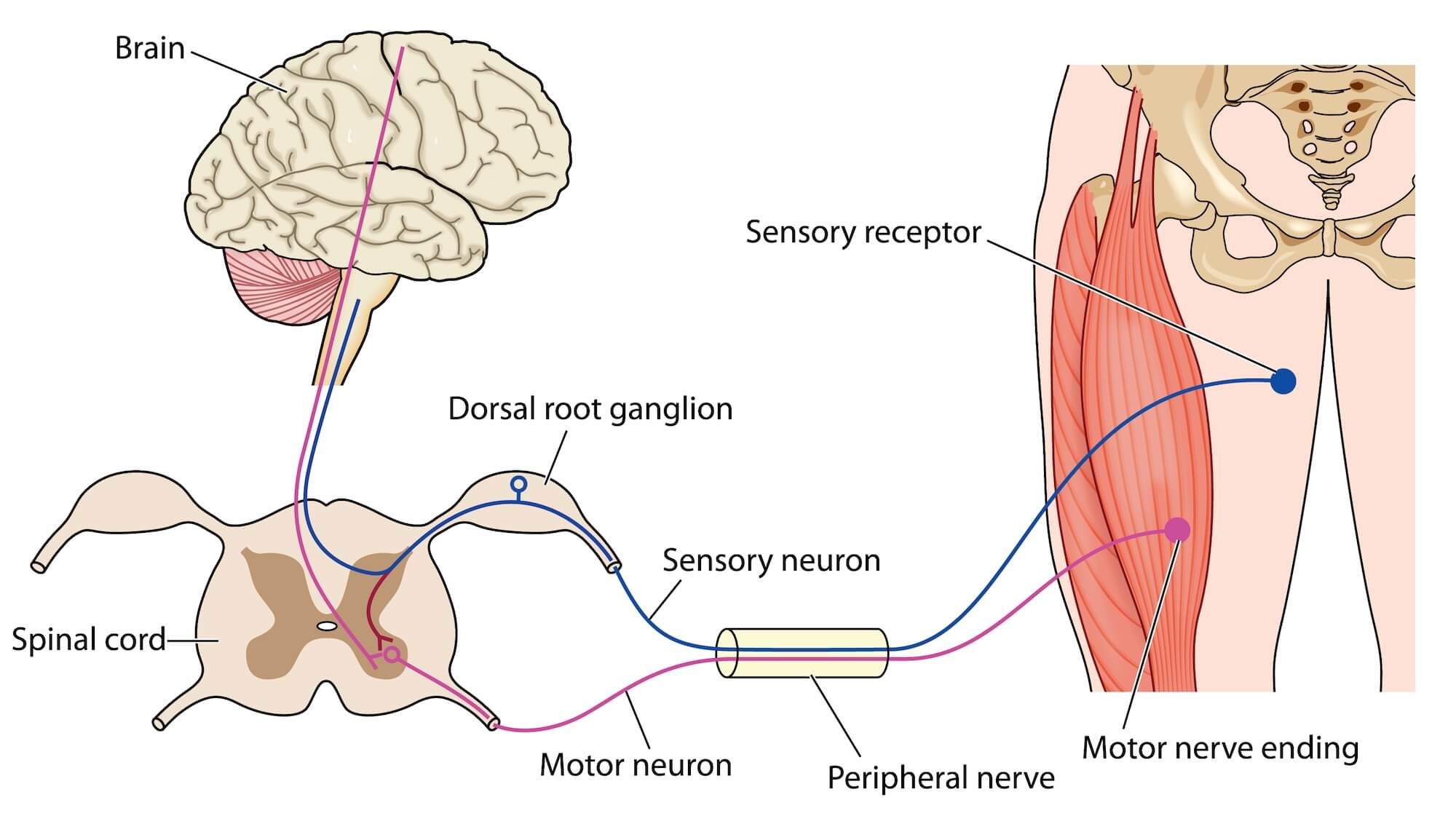
Under normal conditions, your brain sends signals down the spinal cord to motor nerves that activate leg muscles. Sensory nerves send information back to the brain about limb position and movement (proprioception). These two-way pathways ensure coordinated movement and balance.
Even a mild traumatic brain injury, such as a concussion, can disrupt this communication, leading to:
- Delayed or incorrect muscle activation
- Muscle groups being ignored entirely
- Improper response to sensory input
Patients might activate the wrong muscle (e.g., feeling a quad exercise in their hamstring) or rely too heavily on one part of the body (e.g., feet compensating for weak glutes).
Damage to Motor Areas in the Brain
Many brain regions contribute to movement, including:
- Premotor cortex
- Primary motor cortex
- Basal ganglia
- Thalamus
- Cerebellum
Injuries to any of these areas can impair the brain’s ability to coordinate muscle activity. Since each hemisphere of the brain controls the opposite side of the body, injuries often cause one-sided leg weakness.
Neurovascular Coupling (NVC) Disruption
In a healthy brain, nerve cells rely on a dynamic process where surrounding blood vessels deliver oxygen and nutrients precisely when and where they are needed. This is called neurovascular coupling (NVC) and ensures the brain can function efficiently.
After experiencing a head trauma, this process is often disrupted. If this happens in the areas involved in movement (as described above), the brain may struggle to maintain normal muscle control, which can lead to leg weakness.
Autonomic Nervous System Dysfunction (Dysautonomia)
Dizziness and other balance deficits can also be caused by dysfunction of the autonomic nervous system (ANS).
The ANS includes the sympathetic nervous system (SNS) and the parasympathetic nervous system (PNS), which regulate vital body functions such as blood pressure, heart rate, sweating, and breathing rate. Faulty regulation of the ANS, known as dysautonomia, can lead to symptoms like dizziness, weakness, and imbalance.
Some post-concussion patients experience temporary bouts of leg weakness brought on by dysautonomia. For example, a loud noise may trigger a sudden blood pressure change that results in weakness in the lower extremities.
Further reading: The patient’s guide to post-concussion autonomic dysfunction (dysautonomia)
Sensory Feedback Issues
If the brain doesn’t receive accurate information from the legs, patients may lose awareness of leg position or movement. This can lead to:
- A feeling that legs can’t support body weight
- Unsteady gait
- Frequent falls
- Difficulty navigating uneven terrain
Whiplash
Whiplash—common in car accidents and sports-related injuries—can accompany concussions. It affects neck muscles and spinal nerves, which can disrupt motor signals to the legs.
Vestibular Dysfunction
The vestibular system (inner ear) helps maintain balance. Even mild head injuries can impair this system, causing dizziness, spatial disorientation, and leg fatigue due to overcompensation.
What Does Post-Concussion Leg Weakness Feel Like?
Leg weakness can feel different for every patient. Here are some ways our patients describe it:
- "I feel weak in the knees."
- "My legs feel like jelly—or cement."
- "I’m not dizzy, but I don’t trust my legs to catch me if I stumble."
- "It’s like I have spaghetti legs."
- "My gait feels off, like one leg is shorter."
Common symptoms include:
- Trouble building muscle
- Unusual fatigue or pain in the feet or quads
- Stiff or spastic muscles
- Altered gait or balance problems
- Clumsiness
- Difficulty walking on uneven surfaces
- Numbness or tingling
- Muscle atrophy
- Foot drop (difficulty lifting the front of the foot)
These symptoms can significantly affect mobility, the ability to carry out daily activities, and quality of life. It can also impact patients’ confidence and self-esteem.
Treatment for Post-Concussion Leg Weakness
If you’re experiencing post-concussion leg weakness, chances are you aren’t experiencing this symptom in isolation. More than likely, you’re experiencing it alongside other cognitive, physical, and emotional symptoms that are common after a concussion.
In this situation, your best option is to seek out a clinic that specializes in treating brain injury symptoms with multidisciplinary treatment — a coordinated treatment approach with doctors and therapists from different disciplines working closely together to treat your injury holistically and restore healthy brain function. This is what we specialize in at our clinic, Cognitive FX (discussed below).
However, not everyone has the resources to access this type of care. Conventional physical therapy can help if you find a good therapist.
In addition, it’s important to distinguish between actual muscle weakness and generalized fatigue. Both can follow a brain injury, but they require different treatment approaches.
Conventional Physical Therapy
Physical therapy can help to address post-concussion leg weakness. A skilled therapist can:
- Identify which muscles aren’t activating properly
- Guide you through safe, targeted exercises
- Monitor and adjust your plan as you improve
However, not all PTs are trained to treat leg weakness stemming from brain damage. If your therapist only gives generic exercises, doesn’t understand the neurological aspect of your symptoms, or doesn’t adjust your plan after 2–3 weeks of no progress, then it may be time to find a new healthcare provider.
Look for a therapist who:
- Works with you one-on-one
- Has experience with neuro-rehabilitation
- Explains why certain muscles aren’t activating
- Changes your program if there’s no progress in 2–3 weeks
Avoid clinics that only assign standard exercise packets or delegate your care to undertrained aides.
With guidance from the right healthcare professionals, leg weakness after a concussion can improve dramatically. If you’ve tried PT without success, a tailored program from Cognitive FX may be what you need to move forward.
Neuromotor Re-education at Cognitive FX
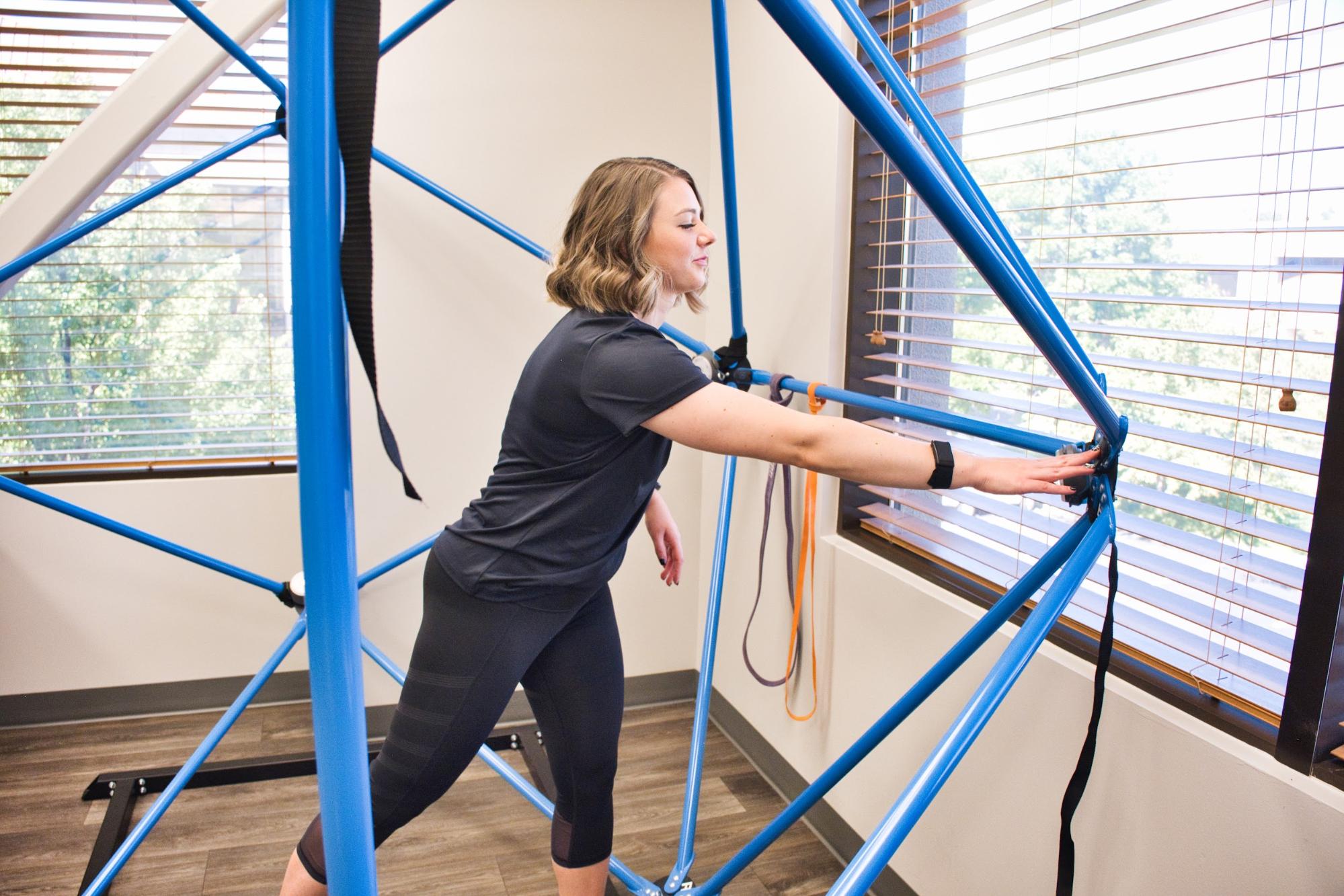
At Cognitive FX, we specialize in treating lingering symptoms from traumatic brain injury. When treating weakness in the lower extremities, we use an approach called neuromotor re-education, which helps the brain relearn how to activate muscles properly. This involves:
- Assessing which muscles and joints are affected
- Teaching proper muscle activation (e.g., knee circles to activate quads)
- Improving joint function with targeted movements (e.g., ankle, knee, hip circles)
- Addressing foot-leg communication to improve standing stability
- Identifying vestibular issues that contribute to leg fatigue or imbalance
Each session begins with a joint warm-up. Our therapists observe how smoothly you perform movements and adjust exercises accordingly. For example, difficulty with a hip circle may indicate weakness in the glutes or faulty proprioceptive input from the foot.
We also work on the communication between the foot and the leg. If the foot isn’t receiving proper input from the brain, even strong leg muscles won’t function well. Some patients show normal strength on tests, but can’t maintain balance while standing. In this case, foot mobilization and awareness exercises make a big difference.
Our Multidisciplinary Approach
Since every patient is different, our treatment process starts with a detailed and in-depth evaluation with our team. This includes a review of your medical history, an assessment of your symptoms, and a series of physical exams, including a close examination of balance and posture-related impairments.
Patients undergo a state-of-the-art brain scan called functional Neurocognitive Imaging (fNCI) to determine exactly how the injury affected their brain.
The fNCI scan measures blood flow in 100 different brain regions, while patients carry out a set of standardized cognitive tasks. It produces a series of real-time images that are combined and compared with scans from healthy people to identify the areas where NVC disruption is affecting normal brain function.
Regions are grouped according to function and then scored. Green scores show normal function, while yellow and red scores identify sections with neurovascular coupling disruption.
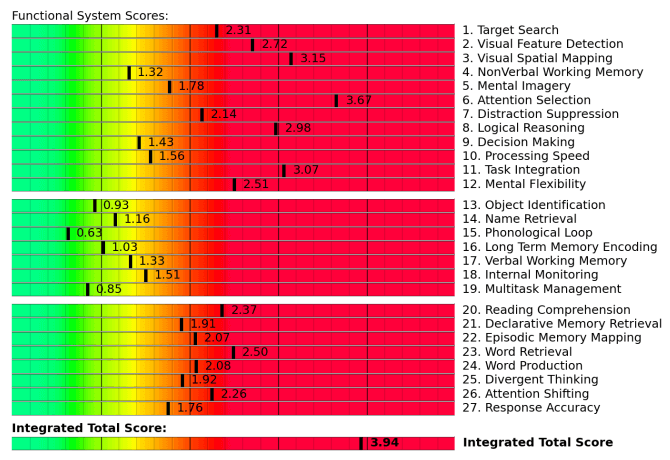
The scan also measures how these regions communicate with each other. Again, regions in green show normal activity, while regions in varying shades of blue are less active than normal.
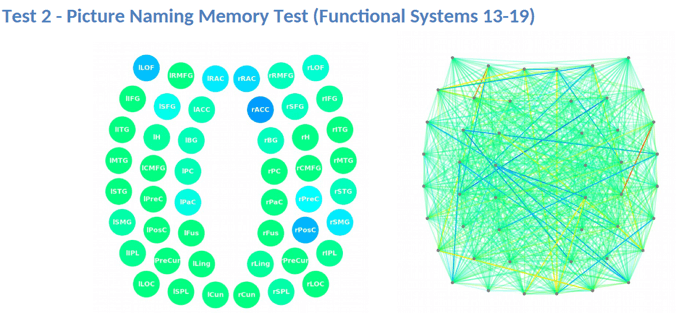
This information provides our staff with huge advantages when it comes to treating patients. For example, if we see visual systems such as target search, visual feature detection, or visual-spatial mapping aren’t working as they should, we can tailor exercises to work on those specific areas of the brain during therapy.
We also carry out structural MRI to check for brain and neck injuries that may explain dizziness and other balance problems.
After this initial evaluation, our therapists combine all the results to design a custom-made treatment plan for each patient. We call our individualized treatment program Enhanced Performance in Cognition, or EPIC for short.

After exercise, patients attend a variety of therapies, including:
Patients receive all or most of these therapies during their visit, but the exact regimen for each one is unique to them.
Neurointegration therapy is a key treatment for patients with balance problems. During these sessions, therapists will guide patients through a series of exercises to help the vision, vestibular, and proprioceptive systems. The aim is to recover individual functions for each system and then bring them together. This neurological integration is key to fully rehabilitating balance issues. The type of therapy we offer is unique and comes from years of experience from our team.
At the end of treatment, patients undergo a second brain imaging scan to check on their progress. They then meet with one of our therapists to review the results and receive a series of follow-up exercises to do at home. These typically include physical activities, cognitive tasks, visual and vestibular exercises, and relaxation techniques. For patients needing further therapy, we provide referrals to appropriate specialists.
On average, our patients’ symptoms improve by 60% after just one week of treatment. To see if you’re eligible for treatment, sign up for a consultation.
Safe Exercises to Try at Home
If you're experiencing leg weakness, it’s important to avoid high-risk exercises such as lifting heavy weights. Instead, focus on low-intensity movements like:
- Joint circles (ankle, knee, hip)
- Chair squats (hover just above a chair)
- Leg presses with resistance bands
- Toe stands
These can help improve mobility without overloading your muscles or increasing your risk of falling.

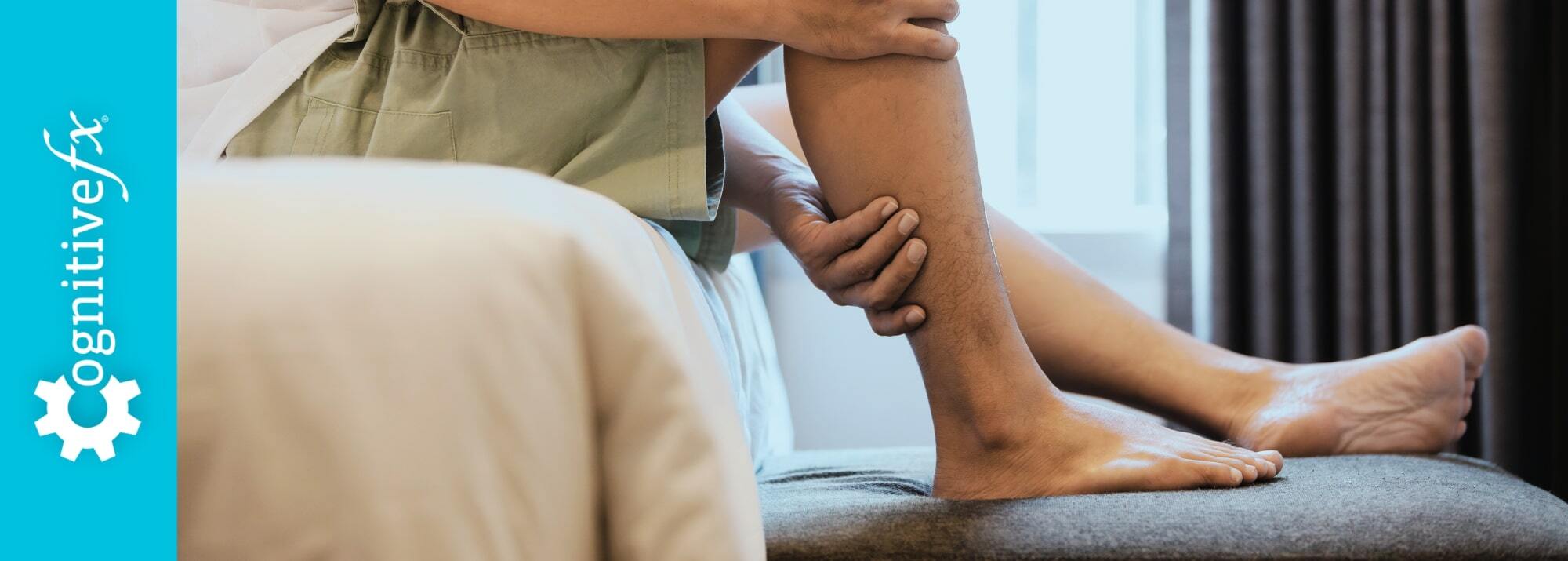






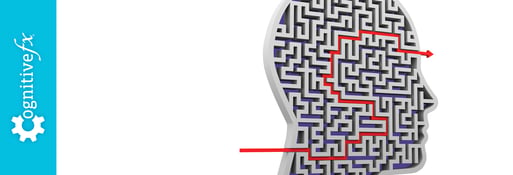



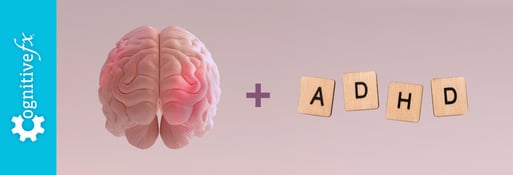
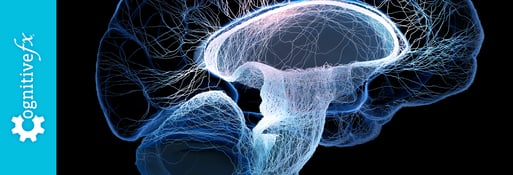

.png?height=175&name=Why%20Post-Concussion%20Syndrome%20Causes%20Tingling%20Hands%20(And%20What%20to%20Do).png)